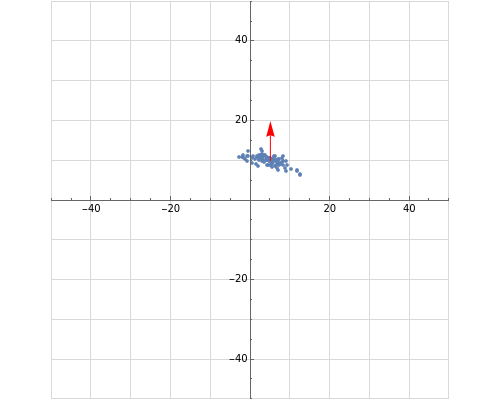Sonar and Radio Navigation Techniques
Sonar and Radio Navigation Techniques
Angle of arrival positioning is one of many passive sonar or radio navigation techniques that may be used to pinpoint the location of a car, ship, or mobile device. This Demonstration presents a Monte Carlo simulation of 2-beacon angle of arrival positioning in the plane.
Two or more omnidirectional beacons (perhaps sonobuoys, for sonar, or cell towers, for radio) are placed in the environment at surveyed locations. The mobile platform is equipped with an array of receivers to measure bearing relative to each of these beacons. It also may carry a compass to measure heading relative to the Earth. Knowing the compass heading, the bearings from the beacons, and the surveyed beacon positions, it is possible to calculate the platform's position relative to the Earth.
